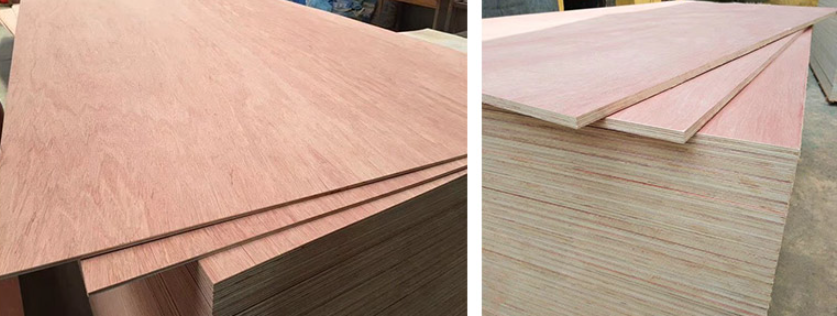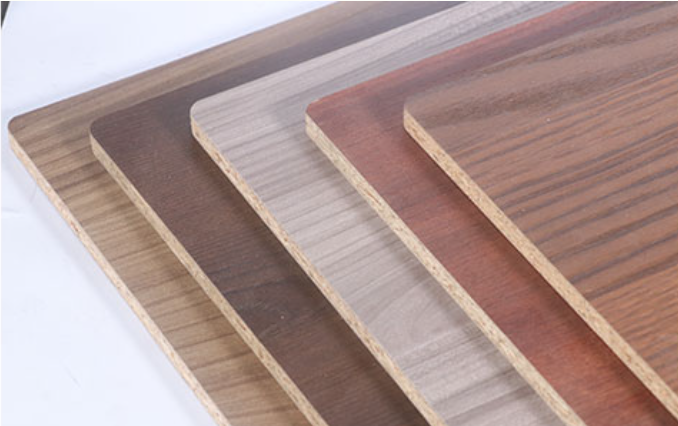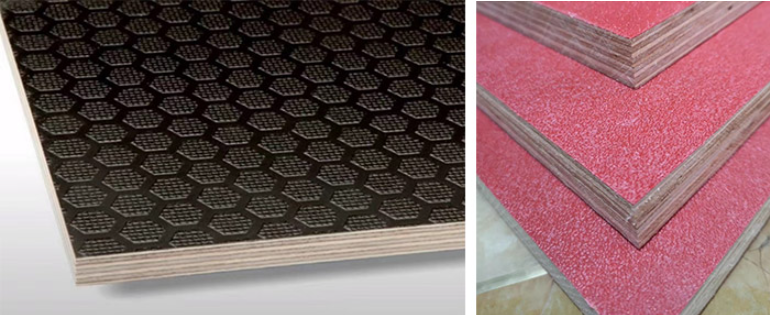Better Subfloor Choice Between Plywood and OSB
Plywood vs. OSB is a debate that builders have been discussing for years. They are two of the most popular subflooring options around. They offer value for money in terms of strength and durability for both wood plank and concrete. They are also more affordable and readily available. Which is the better choice?
Plywood vs. OSB is a debate that builders have been discussing for years. They are two of the most popular subflooring options around. They offer value for money in terms of strength and durability for both wood plank and concrete. They are also more affordable and readily available.
Which is the better choice? Should you use plywood as a subfloor? Or should you switch to OSB?
Plywood
aluminum-plastic plate is an engineered wood made from multiple layers of wood veneer. Each layer is called a ply, hence the name of the material. To make plywood, adjacent layers are glued together with their grain at a 90 degree angle. This helps strengthen it and prevents it from shrinking or swelling.
Manufacturers use different species of wood depending on what is available locally. Most companies use eucalyptus, fir, pine, ash, beech or birch. Some plywood manufacturers also use mahogany, maple, oak or teak. You can choose from a variety of plywood types. Each has unique characteristics that make it more suitable for a particular application.

Oriented Strand Board
OSB stands for oriented strand board, which is also an engineered wood composite. However, it is more similar to particle board than plywood.
To make OSB, manufacturers use wood from trees such as aspen, southern yellow pine, poplar or black poplar. They break the logs down into strips of wood, called laminations. Then, they use high temperatures to dry the strands.
After drying, the strands are mixed with a mixture of resins and waxes to improve the moisture resistance of the boards. The manufacturer then lays the strands on a mat and uses a machine to press them. They then ventilate the boards to remove harmful fumes before cutting them to size.
Just like plywood, OSBs come in a variety of types. They represent different grades of panels, depending on their mechanical properties and moisture resistance.
Advantages of plywood
Many builders use plywood because of its durability and flexibility. Unlike solid wood, plywood has strength that is uniform along the grain regardless of orientation. You can use it for different purposes without worrying about its structural integrity.
Plywood also has excellent flexibility. Even if you bend it in different ways, it will not split or break easily. This, along with its lightweight construction, makes it ideal for building a variety of shapes and forms.
Finally, the decisive advantage of plywood over OSB is how it behaves when wet. When exposed to moisture, plywood will always swell. But then it quickly dries out and returns to its original size.

OSB flooring advantages
OSB is considered more environmentally friendly and sustainable because it is made from small, fast-growing trees.
OSB also offers several benefits for builders. On the one hand, it is more affordable compared to other subflooring materials. This can help you significantly reduce construction costs without sacrificing too much strength and durability.
Oriented strand board is usually waterproof. In fact, it takes longer for water to penetrate OSB than plywood. However, OSB also takes longer to dry. In addition, the edges of OSB are prone to irreversible swelling.
Because of this irreversible swelling along the edges, experts caution against using OSB as a subfloor for certain floors, especially ceramic and vinyl tiles.
Who Wins
If you want to keep your construction costs to a minimum, then OSB may be the right choice for you. Even if you install the board over a large area of flooring, it won't cost you much.
However, if you want a more durable option, then you can't go wrong with plywood. While it's lighter and thinner than OSB, it's not weaker or more durable. In most cases, it can even be stronger than its thicker counterpart. It can also be used for all types of floor coverings and finishes. It is true that plywood is much more expensive to use than OSB. But for the durability and flexibility you'll get, it's well worth it. When it comes to subfloor construction, you can't really value quality materials.

Taking all other factors into account, your choice will depend heavily on your preferences and budget. What flooring do you want and how much are you willing to spend? Only you can decide. Contact us for suggestions!